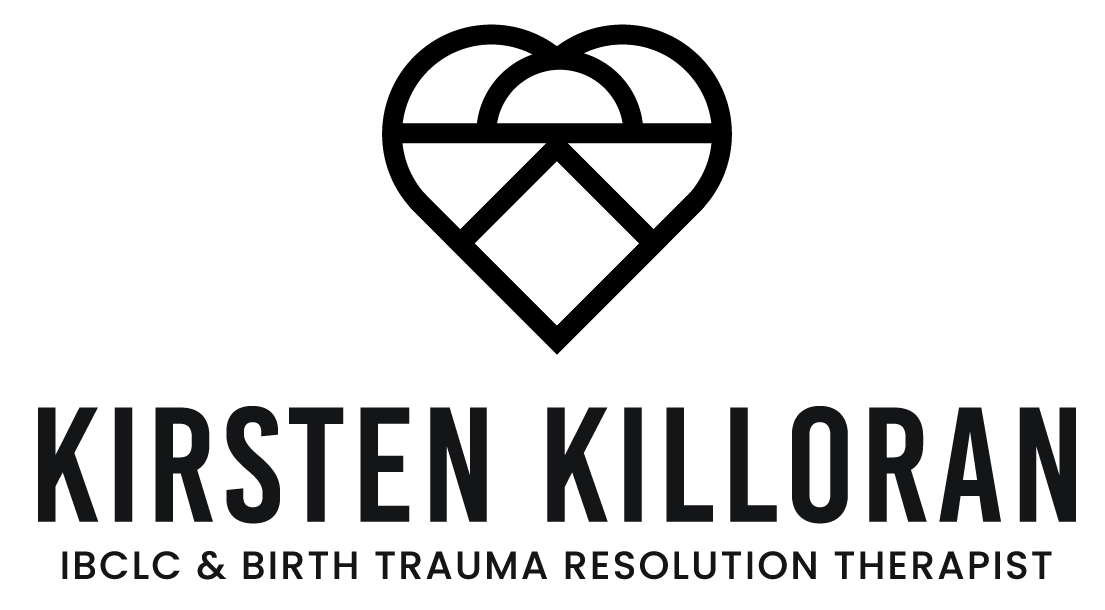Overcoming Common Breastfeeding Challenges
Congratulations on embarking on this beautiful journey of nurturing your little ones. While breastfeeding can be incredibly rewarding, it's not without its challenges. Don't worry; you're not alone! Let's delve into five common breastfeeding hurdles you might encounter and some tips to conquer them.
1. Engorgement Troubles
Imagine this: Your milk supply comes in full force, turning your once serene breasts into rock hard sources of abundance. Engorgement, while uncomfortable, is a sign that your milk production is in full swing. To ease the discomfort, try these tricks:
Reverse pressure softening, a type of lymphatic drainage, can help shift some of the non-milk fluids building up in your breasts. Learn more here!
Massage your breasts gently while feeding to encourage milk flow.
Apply warm compresses before nursing to help milk letdown. A cool compress can help with the swelling and pain.
Express a bit of milk before feeding to soften the breast and make latching easier.
Ensure your baby is latching correctly to empty your breasts effectively.
2. Mastering the Latch
A proper latch is the key to smooth breastfeeding. However, it's not always easy to achieve. Here's how to ensure a good latch:
Ensure your baby's mouth covers both the nipple and a good portion of the areola.
Listen for a rhythmic sucking pattern, indicating your baby is feeding effectively.
Seek support from a lactation consultant or breastfeeding support group for guidance and assistance.
3. Handling Mastitis
Mastitis can strike unexpectedly, leaving you feeling feverish and fatigued. Here's how to deal with it:
Rest - feed as normal. Do not add extra pumping sessions. Be sure to eat well, and stay hydrated.
Reduce inflammation - Ibuprofen can help with the pain and swelling, and regular ibuprofen is safe for breastfeeding. Use cold or warm compresses - whatever is most comfortable for you.
Gentle lymphatic drainage may help (see reverse pressure softening above), but use only a very light touch, like petting a cat, as deep massage can do further damage.
If symptoms do not improve, head to your GP.
4. Embracing Cluster Feeding and Growth Spurts
Cluster feeding and growth spurts are natural occurrences in a breastfeeding journey, but they can catch new mums off guard. Understanding and embracing these phases can make the experience smoother for both you and your baby:
Cluster Feeding: Cluster feeding refers to periods when your baby feeds more frequently and for shorter durations, typically in the evenings. While it may seem relentless, cluster feeding serves a purpose:
It helps boost your milk supply to meet your baby's growing demands.
It ensures your baby receives enough nourishment during periods of rapid growth or developmental leaps.
It provides comfort and closeness, strengthening the bond between you and your baby.
Tips for managing cluster feeding:
Embrace the opportunity for extra snuggles and bonding time with your baby.
Set up a cozy breastfeeding station with water, snacks, and entertainment to keep you comfortable during extended nursing sessions.
Accept help from your support system to manage household chores or prepare meals during cluster feeding periods. Family, friends or a postpartum doula can be lifesavers!
Growth Spurts: Growth spurts are phases of rapid physical development characterised by increased hunger and fussiness. While they can be challenging, they're a sign that your baby is thriving:
Growth spurts typically occur around 2-3 weeks, 6 weeks, 3 months, and 6 months, but every baby is different.
During growth spurts, your baby may want to nurse more frequently and for longer periods to fuel their growth and development.
Growth spurts may be accompanied by temporary changes in sleep patterns and behaviour.
Tips for navigating growth spurts:
Trust your baby's cues and offer frequent breastfeeding sessions to meet their increased appetite.
Be patient and understanding during periods of fussiness and clinginess. Remember, it's just a phase, and it will pass.
Take care of yourself by prioritising rest, hydration, and nutrition to keep up with the demands of breastfeeding during growth spurts.
5. Dealing with Sore Nipples
Sore nipples are a common challenge, but relief is within reach. Here's how to soothe them:
Ensure your baby is latching correctly to avoid nipple trauma. Link in with your local breastfeeding support group, lactation consultant or health care professional. A change of position or a slightly deeper latch may be all that’s needed!
Apply expressed breast milk to soothe sore nipples after feeds.
Use moist wound healing if nipples are cracked. Breast milk, lanolin and medical grade honey are all safe for breastfed babies.
While cracks heal, you may wish to express from the affected side rather than feeding directly.
Remember, every breastfeeding journey is unique, and it's okay to seek support when you need it. Whether you're navigating challenges or enjoying smooth sailing, trust your instincts and cherish the precious moments spent nourishing your little one.
Wishing you a joyful breastfeeding experience, fellow mums!

